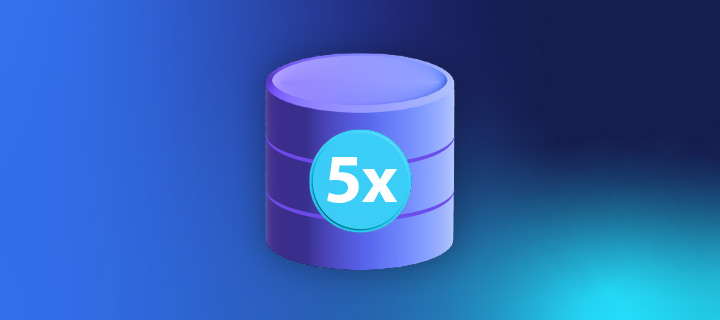
ScyllaDB provides 5x better performance
ScyllaDB was built for performance at scale, delivering lower latency and and higher throughput through its close-to-the-metal design.
ScyllaDB X Cloud has landed. Fast scaling, max efficiency, lower cost. Learn more
Close-to-the-metal architecture handles millions of OPS with predictable single-digit millisecond latencies.
Learn MoreScyllaDB is purpose-built for data-intensive apps that require high throughput & predictable low latency.
Learn MoreLevel up your skills with our free NoSQL database courses.
Take a CourseOur blog keeps you up to date with recent news about the ScyllaDB NoSQL database and related technologies, success stories and developer how-tos.
Read the Blog
ScyllaDB is an increasingly popular alternative NoSQL database to Apache Cassandra. Imagine all the goodness of Cassandra — same highly available ring architecture, same SSTable data format, same Apache Cassandra Query Language (CQL) — but without the Java overhead.
With ScyllaDB you will achieve higher performance at scale using dramatically fewer nodes, with far less administration, and lower infrastructure costs. You can even switch from Cassandra to ScyllaDB without interruption and commonly with no code changes. ScyllaDB is available as a fully managed service, an enterprise offering, and open source.

ScyllaDB was built for performance at scale, delivering lower latency and and higher throughput through its close-to-the-metal design.

Moving to ScyllaDB commonly reduces clusters to 1/10th the size of Cassandra, delivering significant cost savings and greater ROI.
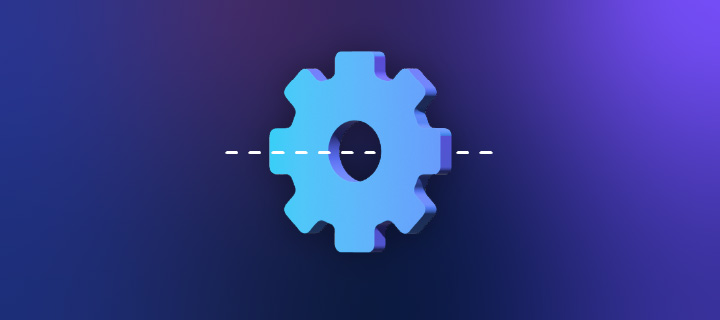
Cassandra needs a lot of tuning & upkeep. ScyllaDB automatically tunes its own IO & CPU performance & simplifies operations.
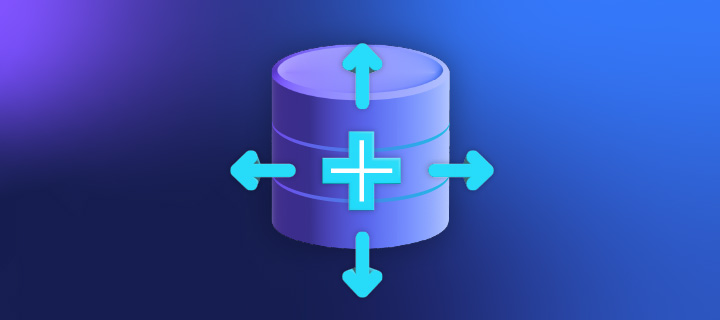
ScyllaDB scales out more efficiently and also scales up to fully utilize higher capacity nodes.
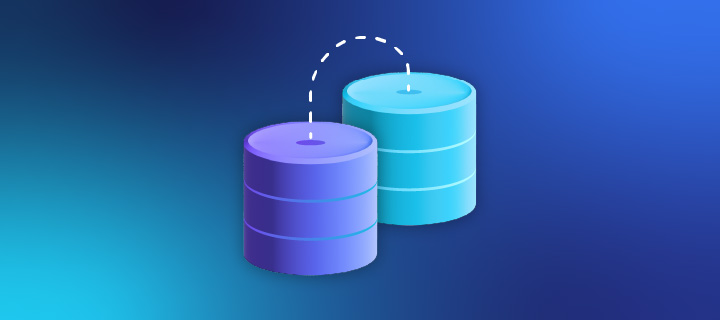
ScyllaDB Migrator lets you move your data from your existing Cassandra clusters into ScyllaDB with zero hassle or downtime.
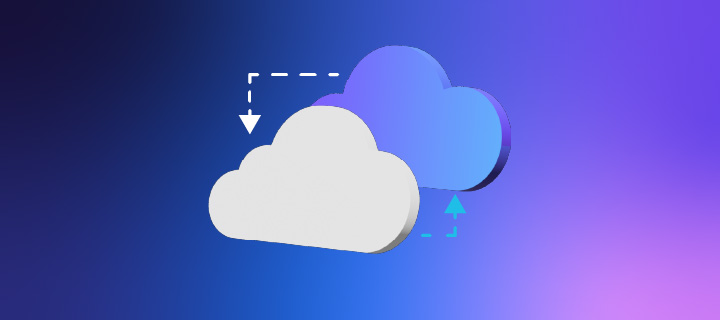
ScyllaDB provides features Cassandra cannot match, like production-ready materialized views, global secondary indexes & more.

Comcast Xfinity improved user experience and shrank their cluster from 962 nodes with Cassandra to 78 nodes on ScyllaDB, reducing administrative overhead over 90%.
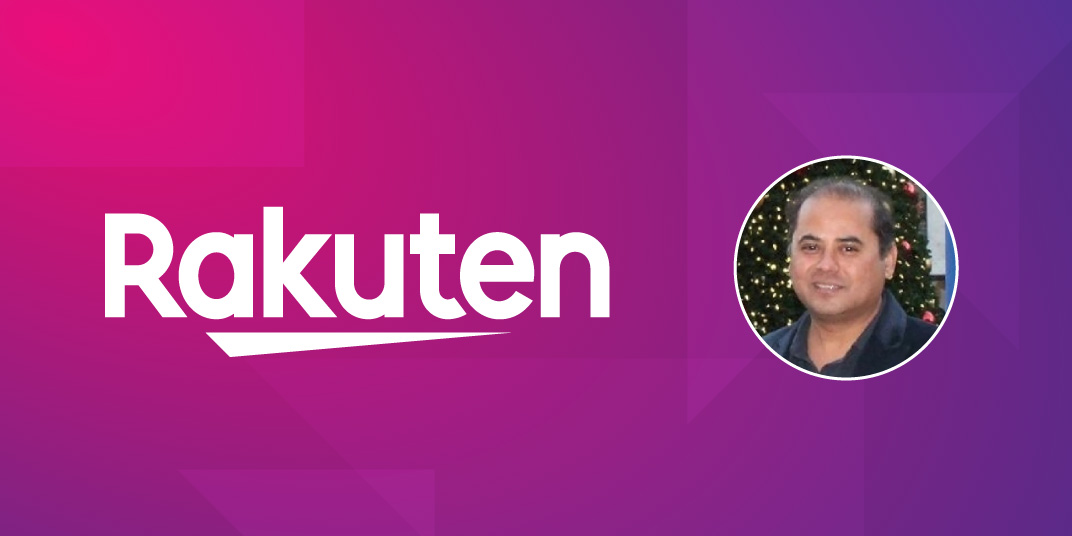
Rakuten’s billion-item catalog 6x better performance while shrinking their cluster 70% moving from Cassandra to ScyllaDB. They also eliminated unpredictable latencies.
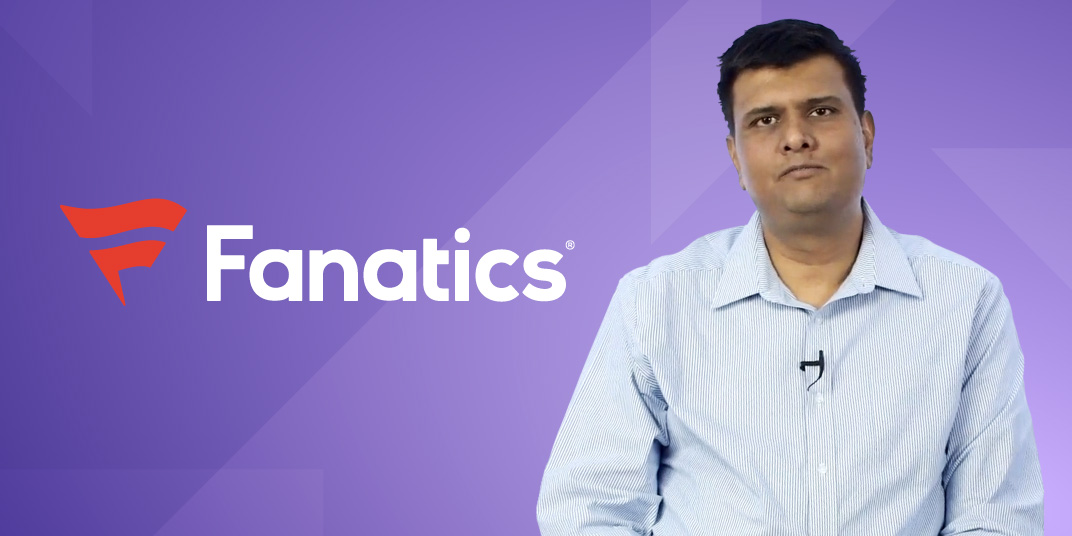
Fanatics replaced 55 nodes of Cassandra with just 6 nodes of ScyllaDB. Discover why the brand that powers all NFL, MLB, NBA, and NHL shops switched to ScyllaDB.

Expedia, the travel booking giant, reduced P99 response times from >80ms to <5ms after migrating to ScyllaDB NoSQL. They also got 3x the throughput while saving 35%.

Learn why and how Discord’s persistence team completed their most ambitious migration yet: moving their massive set of trillions of messages from Cassandra to ScyllaDB.
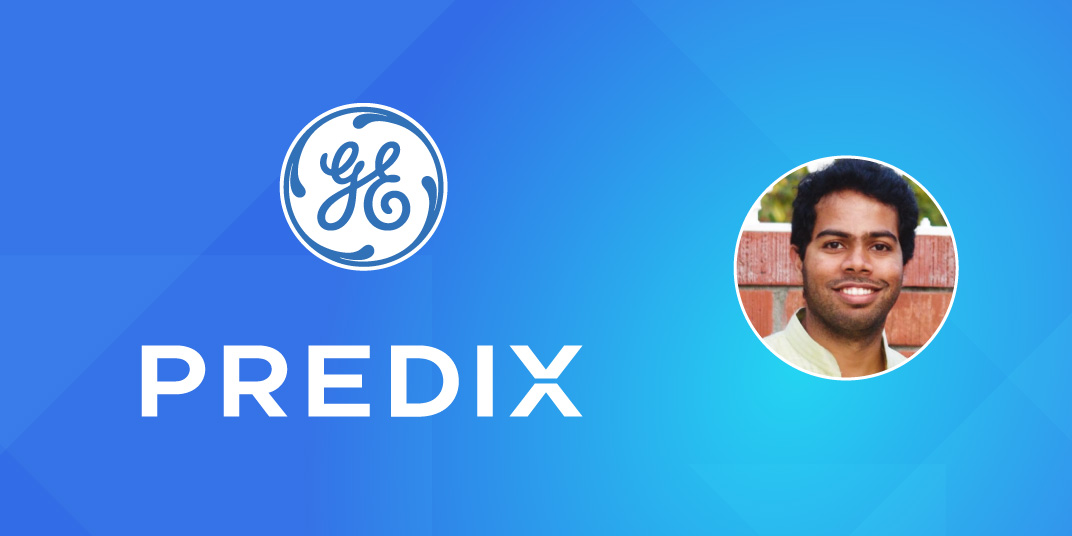
GE Predix reduced administrative burden in their IIoT infrastructure to meet their SLAs, and shrank their Cassandra cluster of 75 nodes to just 15 nodes of ScyllaDB.
Apache® and Apache Cassandra® are either registered trademarks or trademarks of the Apache Software Foundation in the United States and/or other countries. Amazon DynamoDB® and Dynamo Accelerator® are trademarks of Amazon.com, Inc. No endorsements by The Apache Software Foundation or Amazon.com, Inc. are implied by the use of these marks.